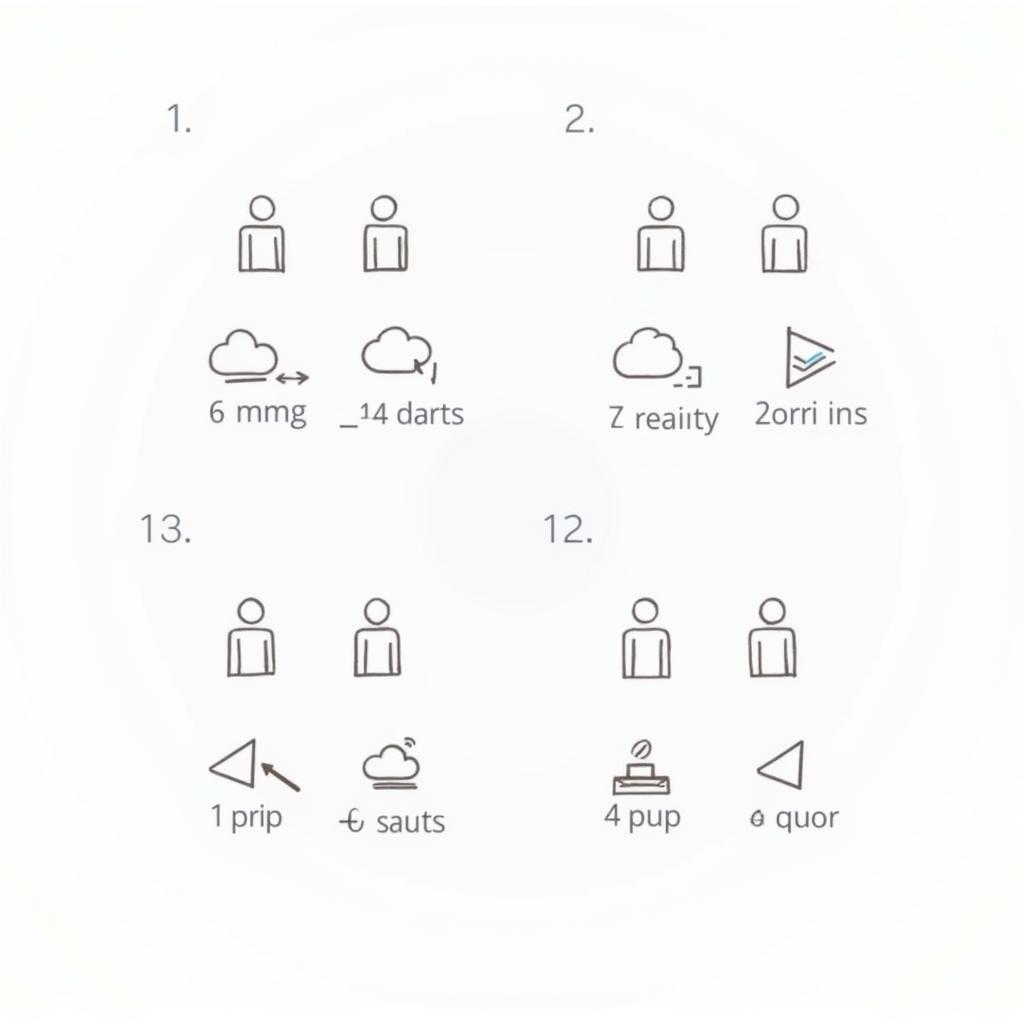One Reason Researchers Use Within-group Designs Is to increase the statistical power of their studies. This design, also known as a repeated measures design, involves studying the same group of participants under different conditions or at multiple time points. By comparing data from the same individuals, within-group designs effectively minimize individual differences as a source of variability, allowing researchers to detect even subtle effects of the independent variable on the dependent variable.
Unmasking Hidden Patterns: The Power of Within-Group Designs
In the realm of paranormal research, where phenomena are often elusive and difficult to measure, maximizing the sensitivity of research designs is paramount. This is where within-group designs come into play. By minimizing the impact of individual differences, these designs enhance the ability to identify statistically significant relationships between variables, bringing us closer to understanding the intricacies of the paranormal world.
For instance, imagine investigating the potential influence of electromagnetic fields (EMFs) on psychic abilities. A within-group design could involve exposing the same group of individuals to both high and low EMF conditions, measuring their psychic performance in each setting. By comparing each individual’s performance under both conditions, researchers can control for individual variations in baseline psychic ability, thus increasing the likelihood of detecting subtle changes in performance linked to EMF exposure.
Advantages Beyond Statistical Power
Beyond their statistical advantages, within-group designs offer practical benefits in paranormal research:
- Reduced Sample Size: Studying the same individuals across conditions means fewer participants are needed compared to between-group designs, a crucial advantage when dealing with potentially limited access to individuals possessing specific paranormal abilities.
- Cost-Effectiveness: Fewer participants often translate to lower costs associated with recruitment, compensation, and data collection, making within-group designs a pragmatic choice for research often limited by funding constraints.
Potential Drawbacks to Consider
While advantageous, within-group designs are not without limitations:
- Order Effects: The sequence of conditions experienced by participants might influence their responses. For instance, in the EMF example, prior exposure to high EMF might affect performance in the subsequent low EMF condition, regardless of the actual effect of EMF on psychic ability.
- Carryover Effects: The lingering effects of one condition might spill over and confound the results of subsequent conditions.
Mitigating Limitations: Strategies for Robust Research
Researchers employ several strategies to minimize potential biases in within-group designs:
- Counterbalancing: The order of conditions is systematically varied across participants to mitigate order effects. For example, half the participants could experience high EMF first, followed by low EMF, while the other half would experience the conditions in reverse order.
- Washout Periods: Sufficient time intervals between conditions can help minimize carryover effects, allowing any lingering influences from the previous condition to dissipate.
 Example of Counterbalancing in a Within-Group Design
Example of Counterbalancing in a Within-Group Design
Conclusion: A Powerful Tool in the Paranormal Researcher’s Arsenal
Within-group designs, while not without limitations, provide a powerful tool for Paranormal Researchers. Their ability to enhance statistical power and detect subtle effects, particularly in areas where phenomena are often difficult to measure, makes them an invaluable asset. By carefully considering potential biases and employing appropriate countermeasures, researchers can leverage the strengths of within-group designs to contribute valuable insights into the fascinating world of the paranormal.
Remember, the pursuit of knowledge in any field, especially one as enigmatic as the paranormal, requires a meticulous and thoughtful approach to research design. Within-group designs, when applied appropriately, can be instrumental in uncovering the hidden truths that lie beyond the veil of our everyday experience.